- be_ixf; php_sdk; php_sdk_1.4.18
- 60 ms
- iy_2024; im_04; id_26; ih_03; imh_53; i_epoch:1.71412880495E+12
- ixf-compiler; ixf-compiler_1.0.0.0
- py_2024; pm_04; pd_21; ph_12; pmh_16; p_epoch:1.71372699347E+12
- link-block; link-block_link-block; bodystr
- pn_tstr:Sun Apr 21 12:16:33 PST 2024; pn_epoch:1.71372699347E+12
- 0 ms
- be_ixf; php_sdk; php_sdk_1.4.18
- https://sou.edu/academics/biology/faculty-research/
- https://sou.edu/academics/biology/faculty-research/

Richard May
My research has involved studies of early childhood growth and development in collaboration with the Women, Infants, and Children (WIC) program. These projects have identified patterns of infant growth associated with later obesity and has identified demographic factors related to inappropriate maternal weight gain during pregnancy. More recently, my research has focused on effects of psychosocial stress on the neuroendocrine system. In collaboration with undergraduate students in Biology, we have addressed effects of chronic stress on daily cortisol patterns. These projects have recruited undergraduate students in Anatomy and Physiology courses as participants. Our research has identified individual factors such as coping and emotion regulation that moderate effects of stress on endocrine responses.
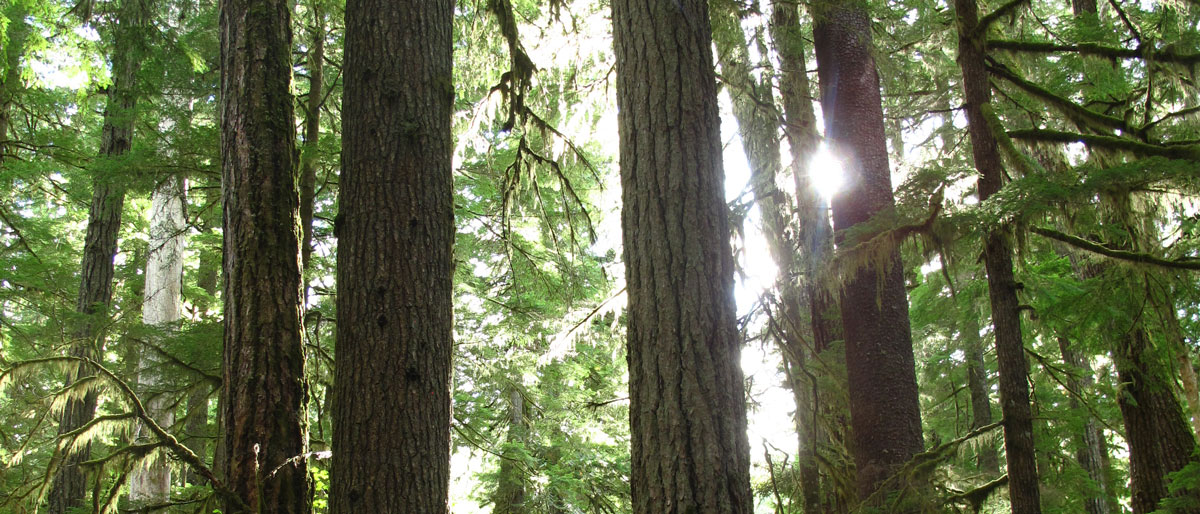
David Oline
Dr. Oline’s research interests are in using molecular tools to address ecological questions. Currently he is participating in an NSF Dimensions of Biodiversity project investigating the dynamical interactions between temperate forest trees and their oomycete pathogens at the Wind River Forest Dynamics Plot in southern Washington. His collaborators are a diverse group of ecologists, genomicists, and plant pathologists from Oregon State, Utah State, and Lewis and Clark College. He uses the resources of the SOU Biotechnology Center and SOU student researchers in taking two approaches – characterizing allelic diversity of several plant immune system genes in the tree species at the Wind River site, and also investigating the diversity of oomycete effector proteins – which have evolved in an attempt to evade or counter these immune system proteins – from native species present in the soil. Additionally, Dr. Oline is involved in projects including the molecular documentation of two different hybrid zones within the genus Abies (true Firs) which interestingly co-occur in the local forests of Southern Oregon and Northern California – one between Noble and Red Fir, and another between Grand and White Fir.
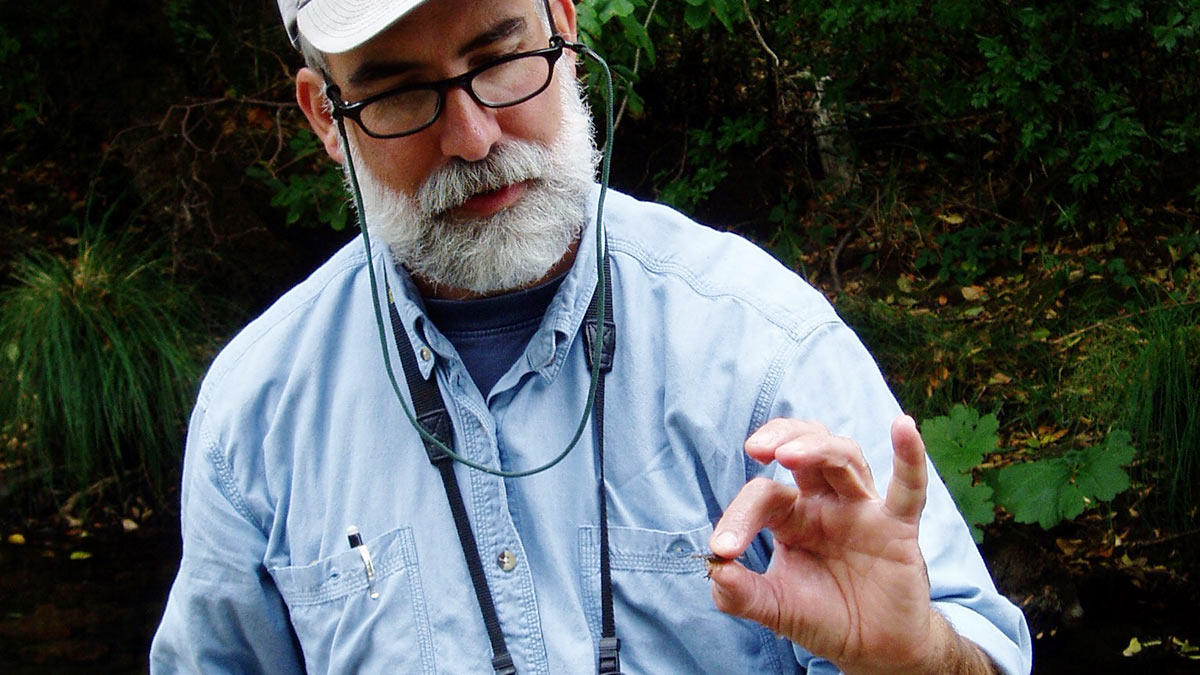
Michael Parker
My primary research focus is on the structure and dynamics of aquatic food webs, with emphasis on the effects of human impacts and introduced species. Much of my work is involved with the conservation of aquatic organisms and the environments that sustain them. Studies I am currently involved in include (1) a long-term study of the ecology and conservation of endemic aquatic invertebrates inhabiting thermal springs within the Ash Meadows National Wildlife, with special emphasis on the creeping water bugs (family Naucoridae); (2) a study of the effects of landscape heterogeneity and wetland succession on spatial distribution, seasonal movements and long-term viability of an Oregon spotted frog (Rana pretiosa) population within the Cascade-Siskiyou National Monument; and (3) distribution of non-native crayfish their impacts on stream food webs and the native biota.
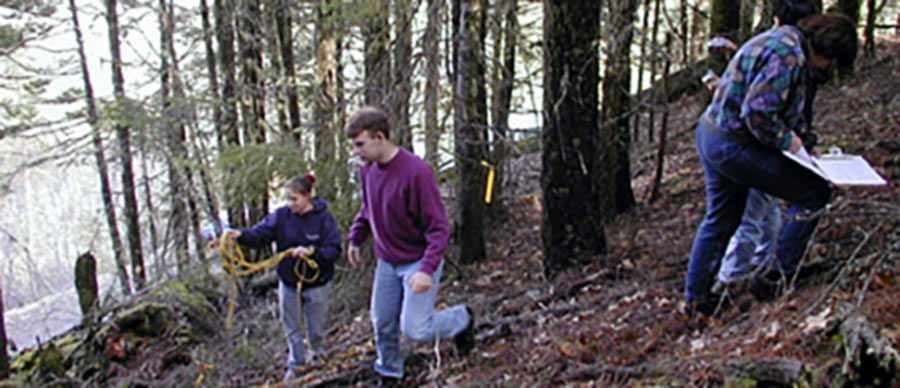
Charles Welden
Dr. Welden is currently investigating the phylogenetic relationships among various species and subspecies of red firs on the West Coast. California Red Fir (Abies magnifica) grows throughout the Sierra Nevada. A closely related red fir, Noble Fir (Abies procera), grows in the Cascades and Coast ranges of Washington and Oregon. In the Klamath Mountains and the Cascades of Southern Oregon and northern California grow trees of intermediate morphology. Some of these are recognized as a subspecies of California Red Fir, called Abies magnifica var. shastensis. Many botanists have suggested that these intermediates are hybrids between California Red Fir and Noble Fir. Dr. Welden and his students are using DNA sequencing to investigate the phylogeny of the red fir complex up and down the West Coast. They hope to use genetic markers from the nuclear, chloroplast, and mitochondrial genomes. These separate genomes are inherited biparentally, paternally, and maternally, respectively, and so potentially allow one to determine which species contributed as pollen donor, egg donor, or both.
Emeritus Faculty
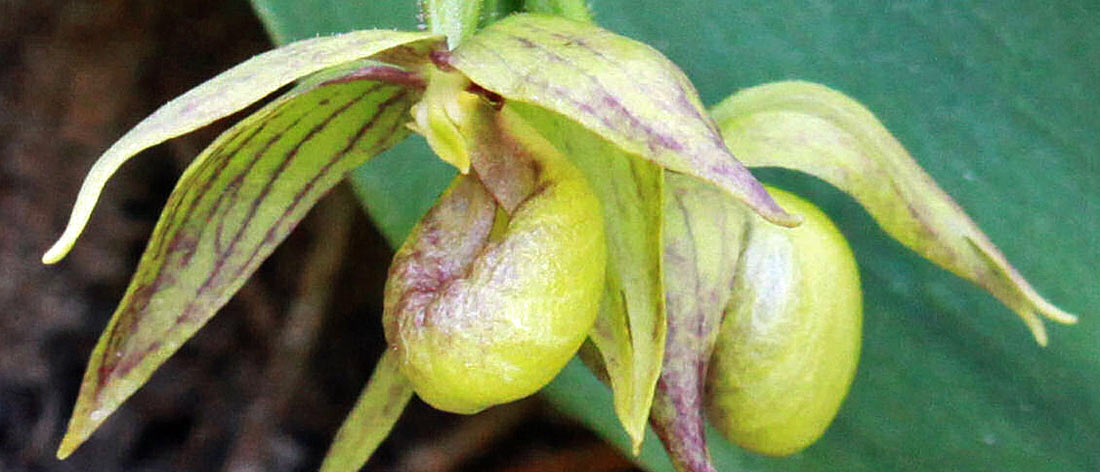
Carol Ferguson
Dr. Ferguson’s research involves collaborations with federal (Bureau of Land Management, US Forest Service, US Fish and Wildlife) and state agencies (CA Department of Fish and Game) in investigating the pollination systems of native rare and endangered flowering plants in southern Oregon and northern California. Successful protection of rare or endangered plants requires understanding the pollination requirements of these plants. Her past work identified the unique insect pollinator of the rare clustered lady slipper orchid, Cypripedium fasciculatum and documented the role of pollinators in the breeding system of the endangered Yreka phlox, Phlox hirsuta. Her current research efforts include monitoring and identifying the insect visitors and pollinators of the endangered Cook’s lomatium, Lomatium cookii.
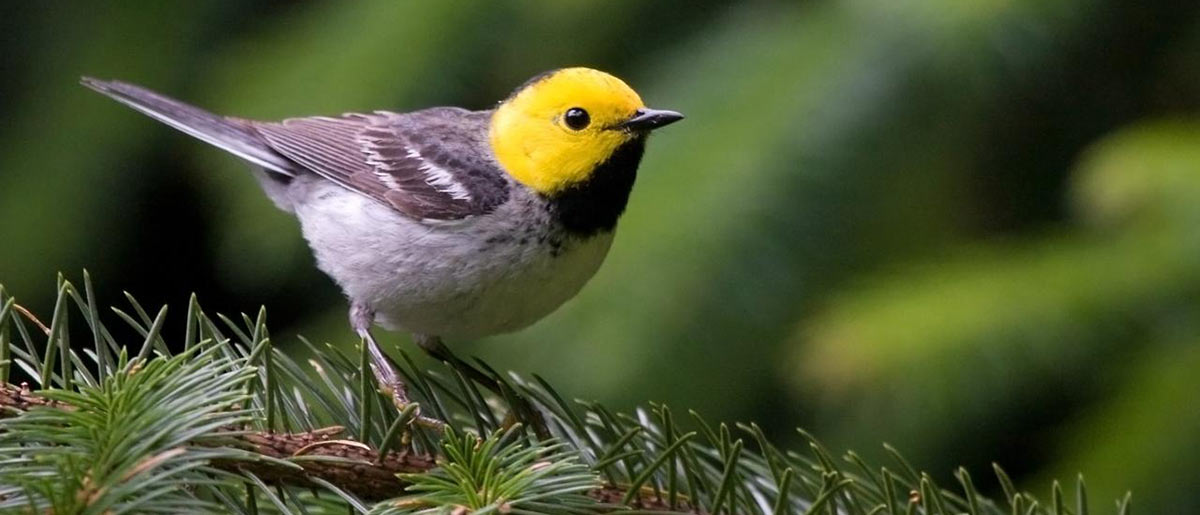
Stewart Janes
Dr. Janes’ is interested in the function of bird song, raptor ecology, and impact of forest management practices on bird populations. It is surprising just how little we understand the function of birdsong. Dr. Janes has been working for a number of years with Hermit and Black-throated Gray Warblers in the attempt to understand the functions of their two song categories. Unlike many birds, these species possess distinct song categories, which permits exploration of the messages contained within each. He has recently completed projects regarding dialects, structure of the complex second category song, and song convergence between the two species. Dr. Janes’ original research interests focused on the structure of grassland and shrub-steppe raptor communities including Red-tailed, Swainson’s, and ferruginous Hawks plus the Prairie Falcon and Golden Eagle. He still works with students interested in raptor research. Recent projects include habitat relations in Great Gray Owl and age differences in relation to wing morphology and habitat use in Red-tailed Hawks. Dr. Janes is also working with the BLM to evaluate the impact of various forest management practices on bird populations both breeding and wintering. He is currently involved in a project evaluating timber harvest involving micro-clearcuts (0.2 Ac).
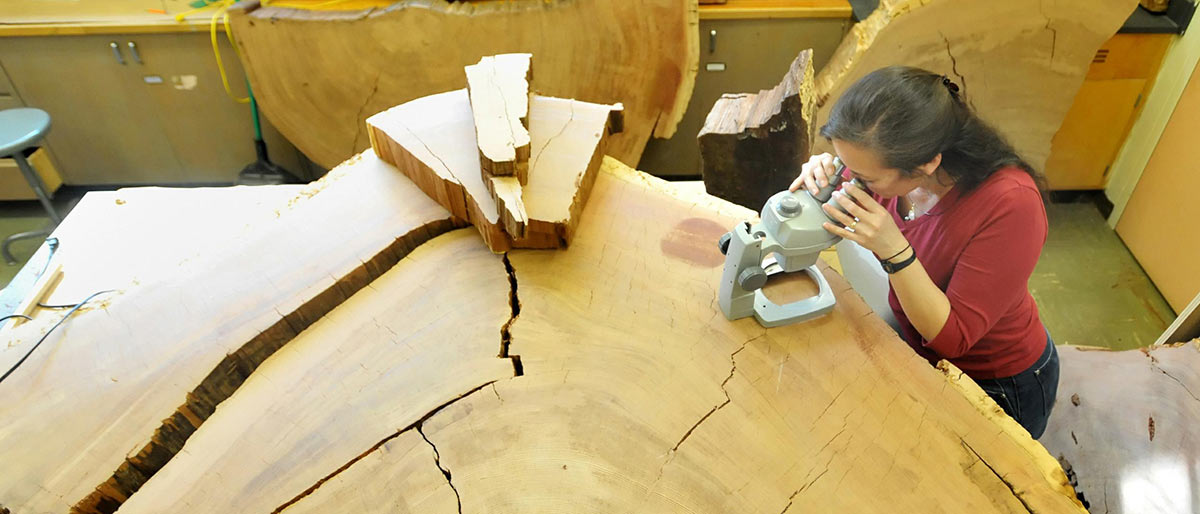
John Roden
Dr. Roden’s fundamental interests are in plant physiological ecology and biogeochemistry with special reference to trees and forest ecosystems. The theme that binds his interests together is an interest in how the microenvironment of a plant influences its form and function. In particular, He has been interested in how plants acclimate and adapt to environmental heterogeneity with an emphasis on how those physiological and morphological characteristics affect survival and growth. Projects have included stable isotopes as indicators of plant water use and climate change, the effects of wind and leaf movements (leaf flutter) on canopy light dynamics and its impact on photosynthesis, the effects of elevated CO2 and temperature extreme events (global change) on tree seedling physiology and frost tolerance in conifer needles. Recently he had major NSF funded projects looking at the stable isotope variation in coast redwood trees as a proxy for climate variation over the last millennium. He is also the faculty supervisor of the Southern Oregon University Stable Isotope Facility (SOUSIF), where they measure the stable isotopes of C, O, and N from a wide variety of biological samples and from many different investigators.
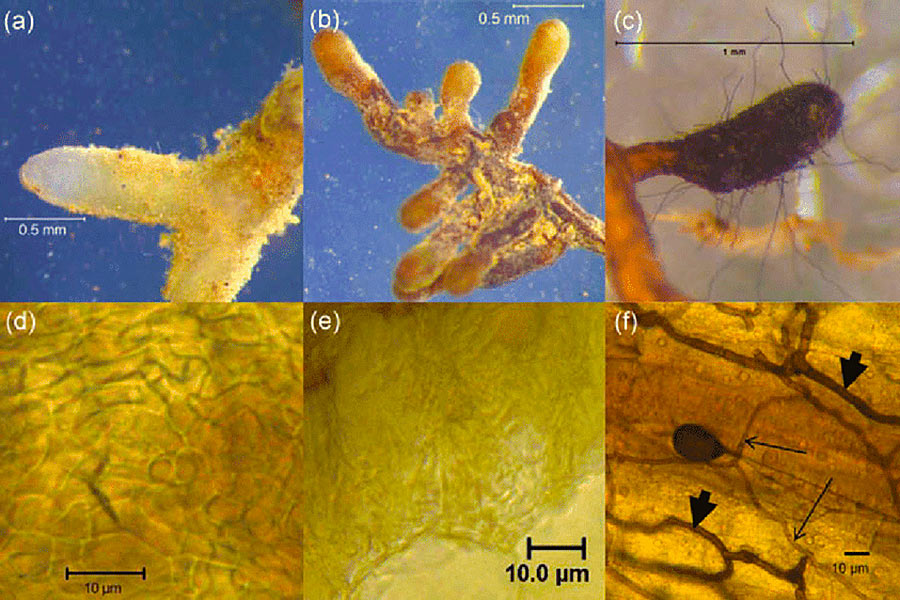
Darlene Southworth
Dr. Southworth and her collaborators recently had a 5-year NSF Biocomplexity grant to study mycorrhizae with Quercus garryana (Oregon White Oak or Garry oak) at the Nature Conservancy’s Whetstone Savanna Preserve in southwestern Oregon. Their group created a database of ectomycorrhizal morphotypes and RFLP patterns of the DNA of mycorrhizae and sporocarps. Continuing research projects include SEM-EDX of mycorrhizal tips, tests of transfer of minerals between oak seedlings and between oaks and grasses, and comparison of mycorrhizae on serpentine soils from those on nearby non-serpentine soils.
Contact Biology
SOU Biology Program
1250 Siskiyou Blvd.
Ashland, OR 97520
541.552.6796
– Questions About Biology? –
